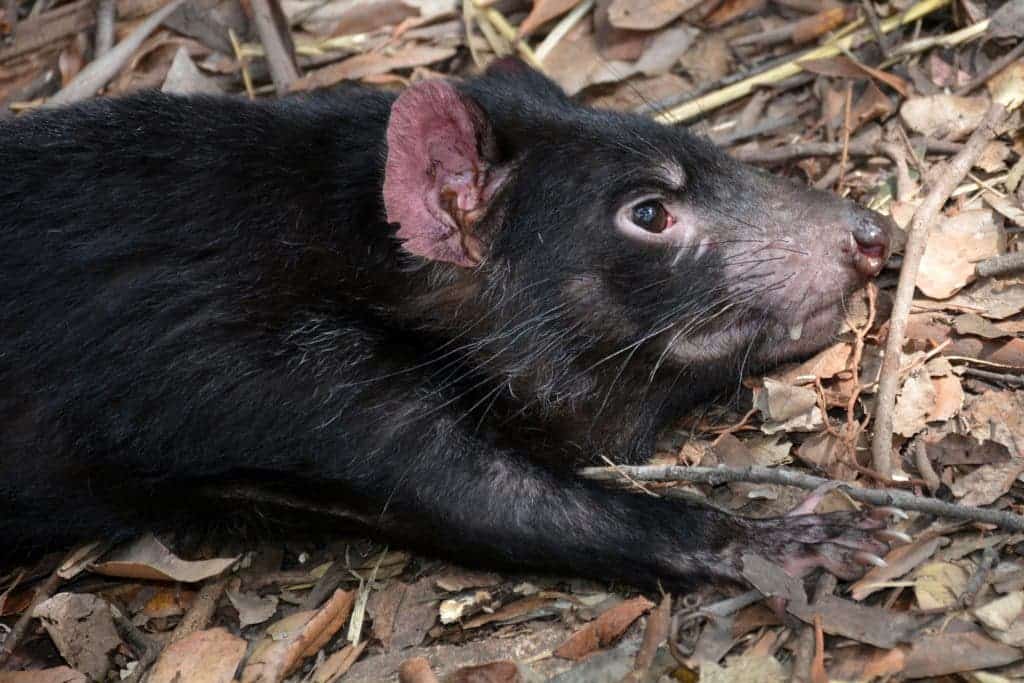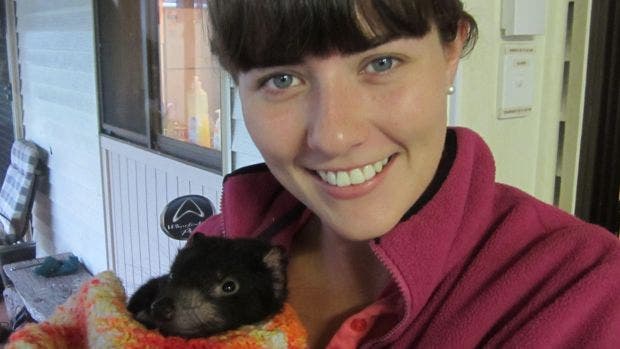
Leading medical societies have warned time and time again that antibiotic resistance is looming and the effects could prove catastrophic. While some are working on synthesizing new classes of antibiotics in the lab, other groups are focusing on finding them in nature. After more than three years of research, Australian researchers think they found one of the most promising compounds against superbugs in the milk of an adorable, yet highly aggressive marsupial: the Tasmanian devil.
Momma’s milk
The discovery was made by a team at Sydney University who sequenced the devil’s genome. Devil mothers only need 21 days to gestate a pup, after which development continues in the pouch, as is the case with most marsupials. Given the short gestation and knowing a pouch is far from being the most sterile environment, the researchers presumed that the devil momma’s milk has to offer strong antimicrobial resistance.
Eventually, they found devil milk contains six varieties of peptides belonging to a class called cathelicidins, which act as natural antibiotics. Humans only have one, but most marsupials seem to have them in great abundance. Opossums have twelve and the tammar wallaby carries eight.
The peptides were replicated artificially then tested against a variety of germs, some of whom the most dangerous known to humans. The peptides proved effective against everything the researchers put out. Among the germs was Staphylococcus aureus, a bacteria that’s found in the nose and skin of 30 percent of people. While it’s harmless most of the time, the bacteria can prove fatal if it reaches the blood stream.
Another bacteria was enterococcus, which some strains are already resistant to vancomycin, one of the strongest antibiotics in our arsenal.

Last year, an 18-month review into antimicrobial resistance found superbugs might kill 10 million people a year by 2050 or more than cancer.
“There are potential pathogens present in the devil microbiome, so the fact that the under-developed young in the pouch don’t get sick was a clue something interesting was going on,” said Emma Peel, one of the authors of the study published in Scientific Reports. “That’s what inspired our most recent study.”
It’s remarkable that a creature that’s on the brink of extinction might one day save millions of human lives. In only ten years, 80 percent of Tasmanian devil populations have collapsed at the hand of a nasty transmissible face cancer with an almost 100 percent fatality rate. Luckily, some individuals have developed resistance and it seems like the devils will survive.
Next, the researchers plan on studying koalas as preliminary results suggest their milk also contains similar peptides.






